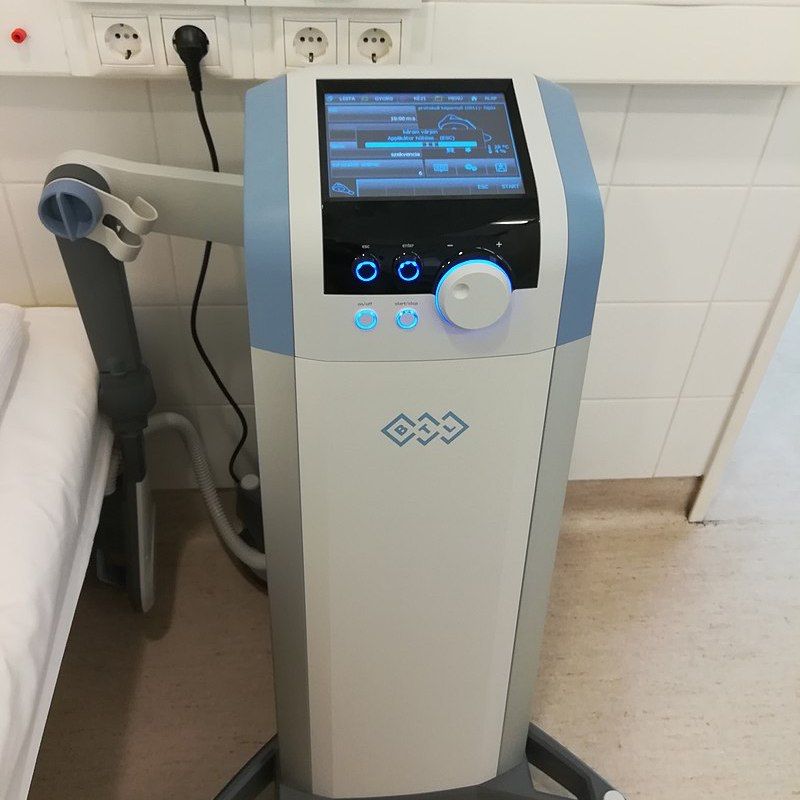Article
Electrical Stimulation Demonstrates Promise in Managing Vaso-Occlusive Crisis in Sickle Cell Disease
Author(s):
Vascular electrical stimulation therapy was associated with reduction in vaso-occlusive symptoms.

Vascular electrical stimulation therapy (VEST) demonstrated promise in managing vaso-occlusive crises (VOC) in patients with sickle cell disease in a phase 2 trial conducted in Abidjan, Ivory Coast.
The VEST device delivers electrical stimulation in pulses of approximately 25 V for 2 to 3ms through 2 to 4 electrodes placed on the skin, to engage the vascular smooth muscle as well as the endothelium, according to the French manufacturer, Diavein.
The principle investigator, Kouassi Koffi, MD, Clinical Hematology Unit, Centre Hospitalier Universitaire (CHU) de Yopougon, Abidjan, and colleagues characterize the mechanisms underlying VOC as rheological problems and vasoconstriction with procoagulant and inflammatory conditions.
"Our motivation for evaluating VEST in this context was based on the ability of this therapy to address 3 out of 4 of these factors: increased blood flow, vasodilation, and decreased platelet aggregation," Koffi and colleagues wrote.
As VEST has not been found to affect inflammation, the investigators designed the trial to compare its use for VOC with or without non-steroid anti-inflammatory drugs (NSAIDs) to discern a possible synergy, as well as against placebo to ascertain efficacy and safety.
Thirty adult patients experiencing VOC at a single treatment center were divided equally between 3 treatment groups, receiving either conventional therapy of analgesics, hydration and NSAIDs; or conventional therapy and VEST with, or without NSAIDs.
The VEST was administered within 4 hours following hospital admission and for the subsequent 2 days if pain persisted with VAS score greater than 2.Two electrodes were placed under each wrist or palm or at the upper back or chest, and 2 under each calf.An inverted sinusoidal pulse of 25V peak on frequency of 0.8Hz for 3ms alternated between electrode pairs every 8 pulses.
The NSAID, ketoprofen, was dosed at 1mg/kg every 8hours, to a maximum of 300mg/24hours. Participants in the control group were connected to the device without electrical impulses.All participants received analgesics and intravenous hydration.
The investigators reported that the time to severe crisis elimination (tSCE) in the VEST group with NSAID, but not without NSAID, was statistically significantly less than in the placebo control (P = -0.0056). Further, less than 25% of patients in both VEST groups required treatment for longer than 10 hours, compared to 30hours in the control group.All those receiving VEST and NSAID emerged from severe crisis within 20 hours of treatment, compared to more than 65 hours for the control group.
The analgesics available in the conventional therapy included tramadol, and it was noted that median consumption of tramadol was significantly lower in both VEST groups than in the control arm (VEST p= 0.0137; VEST + NSAID P = .0036).There was no statistically significant difference in median tramadol use between the VEST groups, however.
"VEST is a promising new therapy that is able to simultaneously address a multitude of factors involved in the development of VOCs and can do so at a relatively well-controlled level of iatrogenic risk," Koffi and colleagues concluded.
The manufacturer has announced that a phase 3 trial of VEST involving 115 patients experiencing VOC will be conducted in France, under the supervision of Pablo Bartolucci, MD, Hôpital Henri-Mondor, Paris.
The study, "Efficacy and Tolerance of Vascular Electrical Stimulation Therapy in the Management of Vaso-Occlusive Crisis in Patients with Sickle Cell Disease: A Phase II Single-Centre Randomized Study in Ivory Coast," was published in Advances in Hematology.





